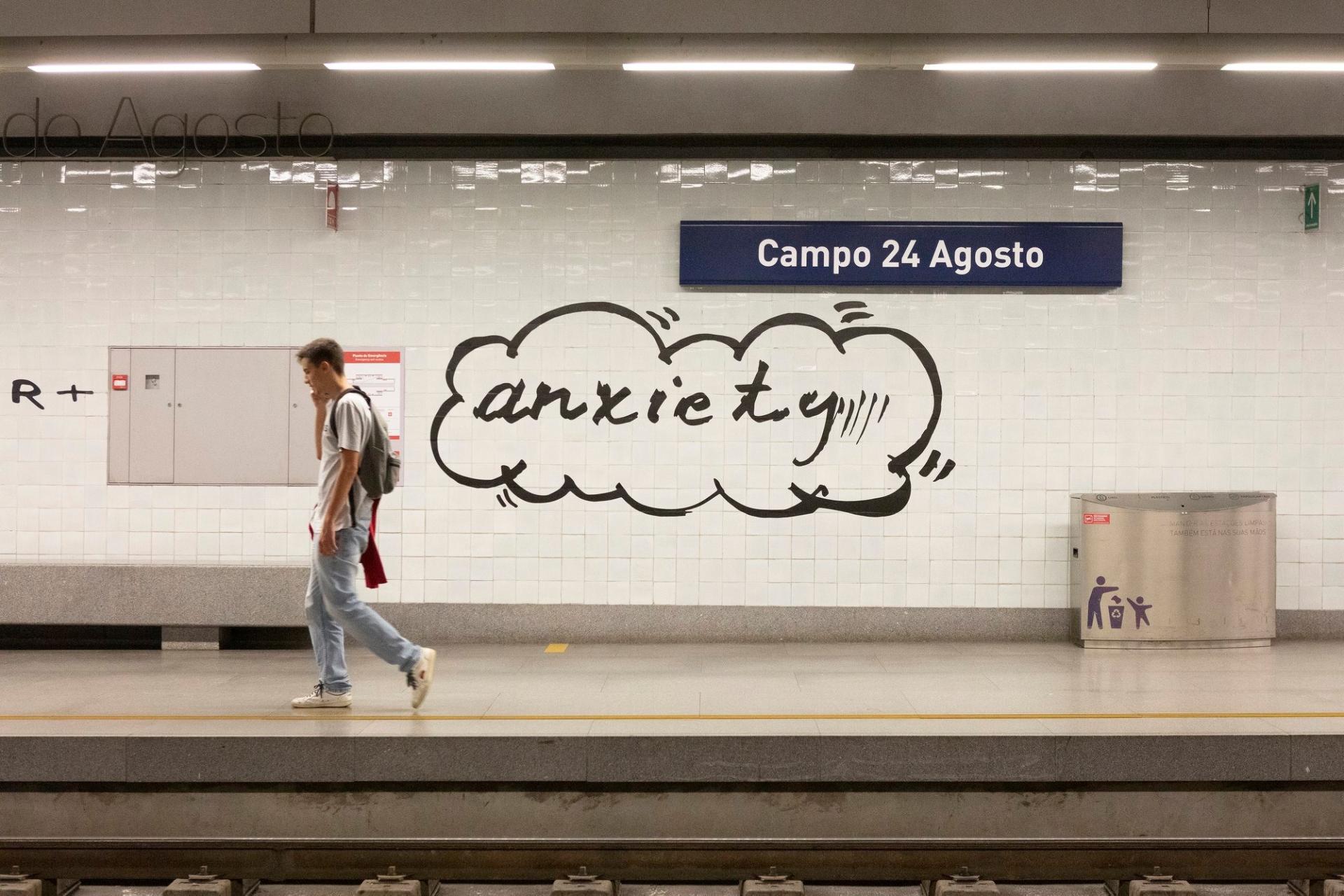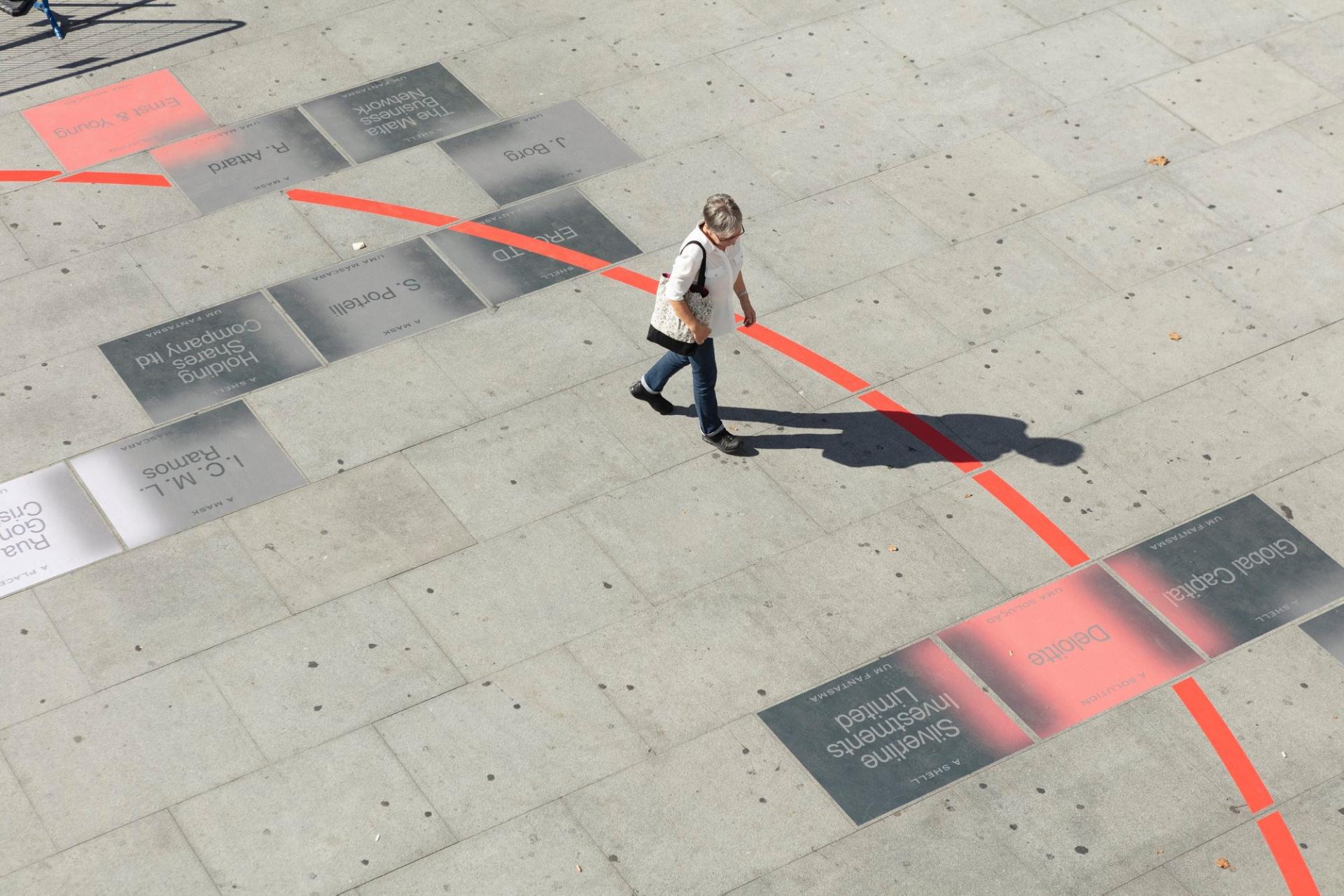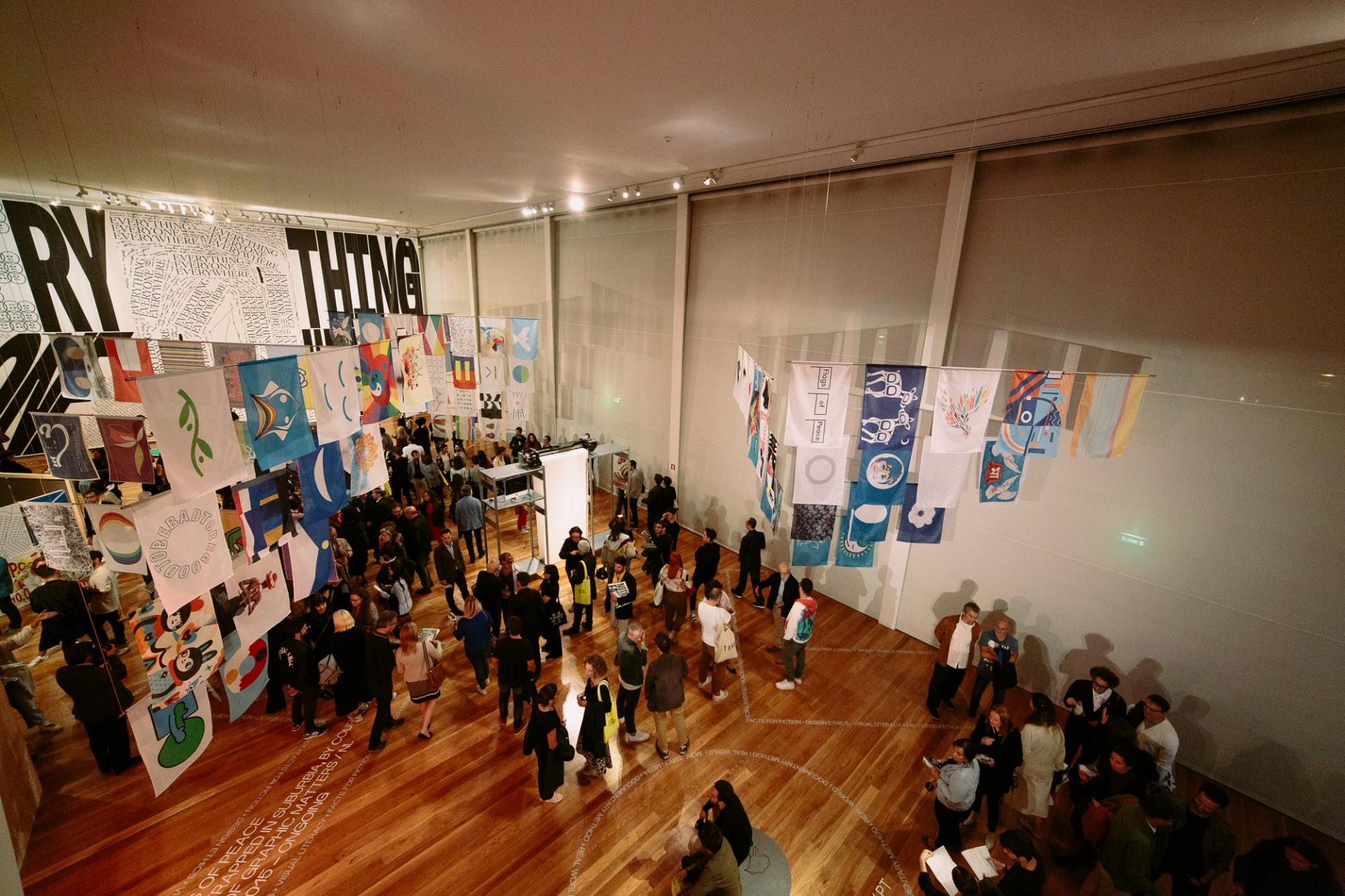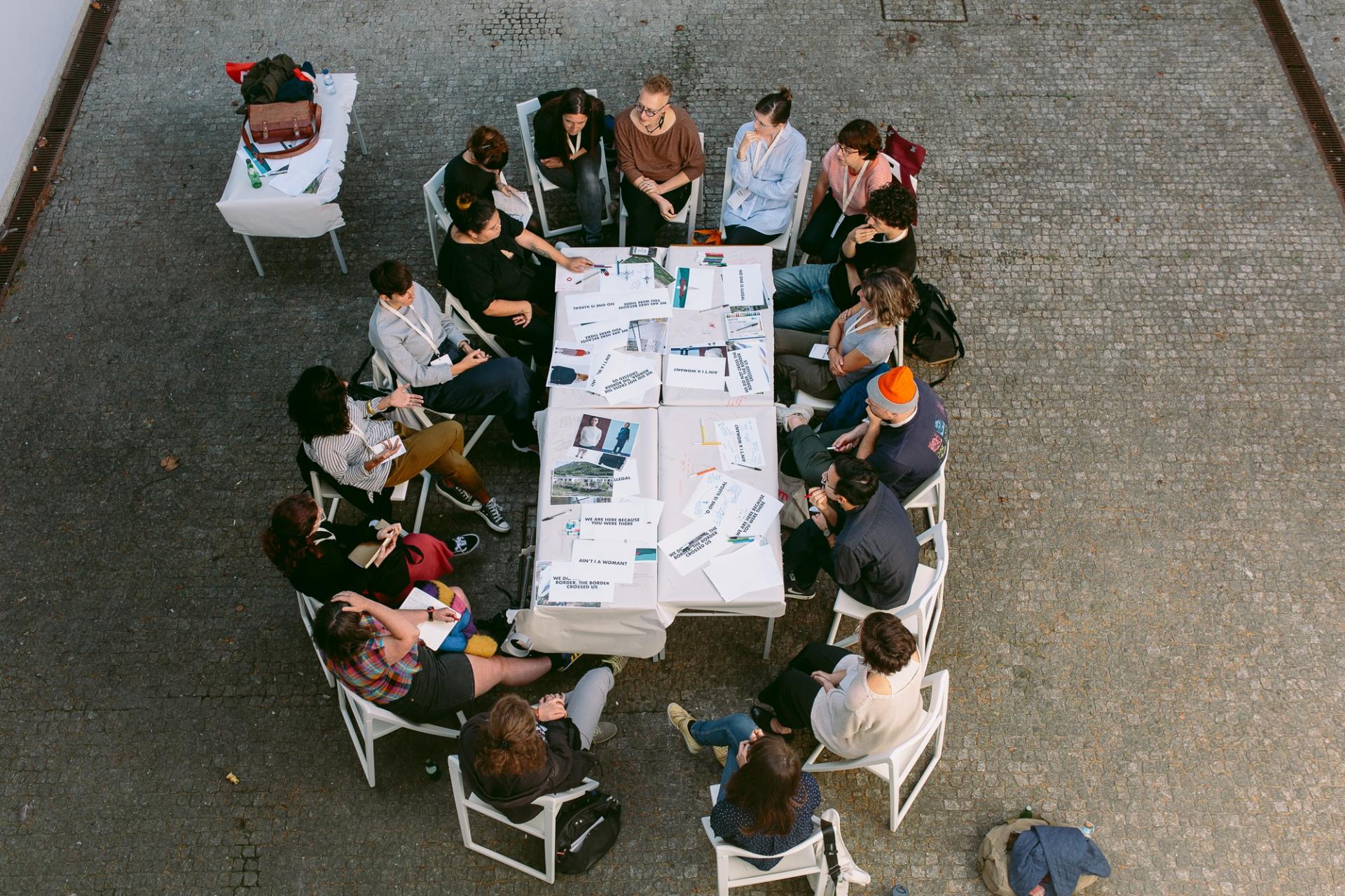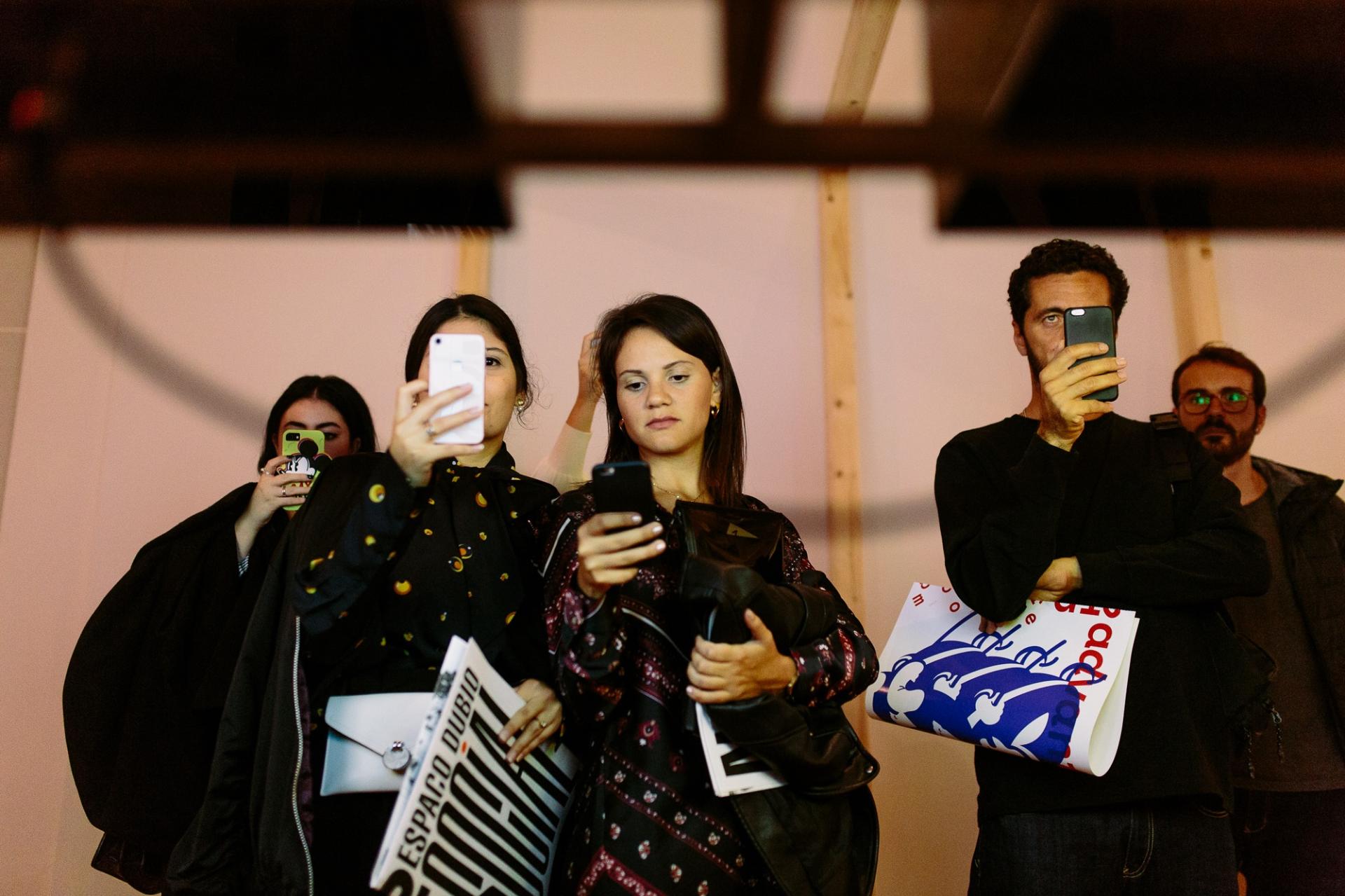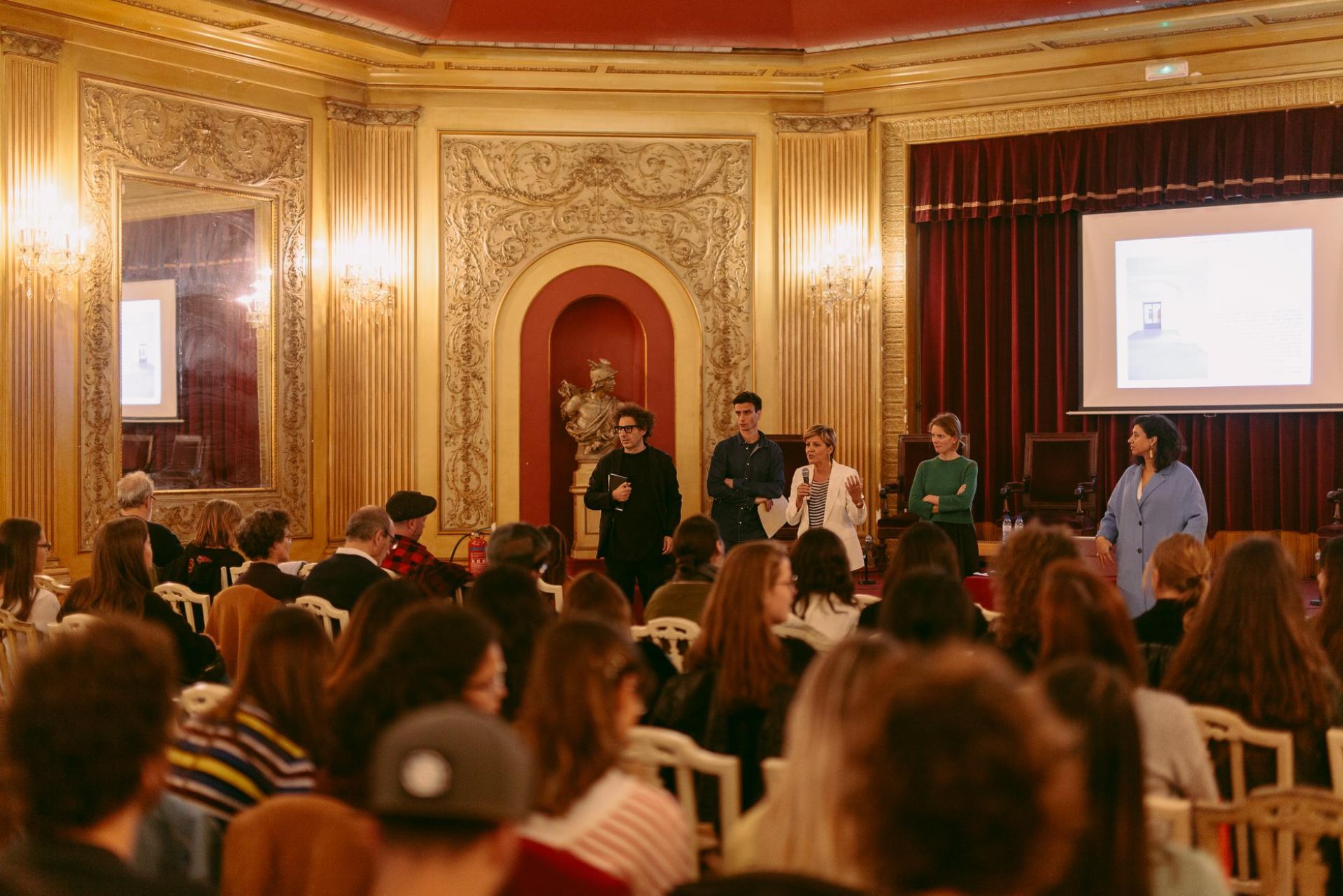Porto Design Biennale'19
Basic information
Project Title
Full project title
Category
Project Description
PDB is a non-profit project whose mission is to promote and internationalise design thinking and practice with a vast program of projects and events, such as exhibitions, workshops, performances, talks, etc., presented in spaces of the cities of Porto and Matosinhos.
The first edition, PDB’19: Post Millennium Tension, promoted by the two municipalities and organized by esad—idea, affirmed this research space as a home for culture, science, citizenship, and varied forms of creative innovation.
Project Region
EU Programme or fund
Description of the project
Summary
PDB is a non-profit project whose mission is to promote and internationalise design thinking and practice with a vast program of projects and events, such as exhibitions, workshops, performances, talks, etc., presented in spaces of the cities of Porto and Matosinhos.
The first edition, PDB’19: Post Millennium Tension, promoted by the two municipalities and organized by esad—idea, affirmed this research space as a home for culture, science, citizenship, and varied forms of creative innovation.
Key objectives for sustainability
Porto and Matosinhos City Councils have strengthened their cultural policies, by upgrading amenities, investing in programming and in support and partnerships with private sector entities and agents. It is in this territory that the Matosinhos ESAD College of Art and Design was set up in 1989 and, in 2013, its esad—idea Research Centre, which has systematically contributed to training, research and promotion of the design culture in Portugal and abroad. With the establishment of Porto Design Biennale, the aim is to enhance existing resources, consolidate critical activity and reinforce programming and production in design.
Faced with the tensions of the new millennium, the first edition of the Porto Design Biennale intended to analyse the current disciplinary configuration of design and identify the processes implemented by designers in response to emerging changes.
Post Millennium Tension sought to map the projects and work processes of the millennials, the generation that reached the professional market in a general context of accelerated change and great tensions at a global level - identity, geopolitical, financial, environmental, technological, among others.
For example, the exhibition Frontiere presented stories of designers, companies, schools, and associations that, reacting to the stimuli of the post-millennium reality, are discovering new dimensions in approaching design. In this scenario, new ways of thinking, projecting, and producing emerge, represented by a group of designers and companies exploring the creative universe historically present in the territory and proposing to mix it with new realities in communication, distribution, use and reuse typical of the current economic and social system.
Through a series of research, sets, and workshops, PDB’19 explored various aspects of the links between design, industry, education, sustainability and society, while promoting a critical reflection about design as a discipline.
Key objectives for aesthetics and quality
Maybe design thinking has never been as focused on issues of identity as it has in the last 20 years. The crisis of dominant financial and political models has generated a certain post-colonial trauma which, in turn, has elicited a reflexive demand for a radical, authentic, honest identity.
Some of the values of the Modern Project (such as “fit for purpose” or “social morality”) are taken up again in the context of post-modern recurrence, which opens the way for the re-reading of theoretical proposals and the recovery of experiences originating in the neo-avant-garde movements and the counter-cultures of the ‘60s and ‘70s.
Through its programme of exhibitions and public installations, PDB’19 offered a contact with design objects and projects where people had the opportunity to contemplate, explore, reflect, learn and play, contacting with the different fields of design such as graphic, interior, product, industrial, web, fashion and others.
For instance, the public installation Hard Design addressed the contemporary industrial design through the placement of two massive pieces of mass production in public locations of Porto and Matosinhos: a wind generator blade with 38 m and 8200 kg, and one kilometer of fiber cable optics suspended on a facade. The displacement, repositioning and disruption of the pieces’ expected function resulted in an impactful visual experience and gave rise to reflection and debate on matters of production and setting in design. Through this installation, Hard Design appealed to diversified audiences, raising awareness as to the existence of highly productive Portuguese companies, which enabled a critical approach to the works of industrial design on display.
The design exhibition and display also had an important role in creating emotions, feelings of wellbeing and creativity, influencing on what it feels like to visit, what visitors learn and what they take away with them.
Key objectives for inclusion
Inclusion was a value that considered in our mission, recruiting, curatorship, programming and communication with participants who represented different groups in terms of areas, age, gender, nationalities and contexts. One of the main objectives was to contribute to research and intervention on the public space of Porto and Matosinhos, promoting the development of microscale projects on the scale of architecture and urbanism, and a reflection on ways of living, such as experiences of citizenship and social inclusion, consolidating an intelligent and creative urban territory. The aim was to become an important international event for design and designers. However, there was also an opportunity to experience festive occasions and moments of togetherness that connected people from different disciplines and backgrounds, such as music, cinema, photography, architecture and gastronomy allowing to involve a broad spectrum of audiences, both specialist and non-specialist. A programme dedicated to a guest country (Italy) was built and, as part of a strategy aimed at involving stakeholders that are diversified on an international scale, format and geography, International Satellites has established bridges with Ico-D [the International Council of Design] and the Network of Creative Cities created by UNESCO. PDB also promoted an Open Call for Projects aimed at supporting projects proposed by external design professionals and communities that then integrated the biennale’s parallel programme. In order to respond to several needs — attendance, information and communication — PDB provided public access to its headquarters and two stores/information centres. Communicating with the public space, they offered a presencial and close relation with the public and facilitated the access of information to people with little or no access to the digital communication channels. Furthermore all events were admission free, allowing more people to access to the programme.
Results in relation to category
Design has emerged in recent years as a key discipline for thinking about the city and building its future. This international phenomenon is particularly important in Matosinhos and Porto, two cities that have brought design practice into the center of their cultural strategy, not limiting its potential to the artistic field, but using it continuously as a catalyst for social, economic, technological, and environmental change.
It is precisely in this context, and because of it, that PDB was born, a project based on the two cities, but not limited to them, sought to build a programme stemming from research, thinking, production and action on contemporary tensions, presupposing a willingness to identify, analyse, debate and modify said tensions.
The first edition of PDB gathered around 50.000 people over 81 days, an extensive programme of around 300 projects and 60 events (such as exhibitions, workshops, performances, installations and talks).
Between September and December the Biennale has been an informal school where knowledge was exchanged and pedagogical models were tried. 35 visits were made, mostly to college students, totalling over 2000 visitors. We also sought to make the Biennale as a forum, expanding the field of design, mixing it with other disciplines, crossing historical knowledge with futurological views and inviting some of the most exciting names in the field of design, architecture and critical thinking. 25 conferences/presentations were organised and new conference formats tested: from the unconference, to performative conferences or performative dinners.
81 days
50.000 people
37 venues Porto + Matosinhos
19 curators
310 participants x 18 countries
300 projects
17 exhibition
22 workshops
25 conferences/presentations
60 events
60 guided tours (2000 participants x 35 institutions)
4.000 openings
350 news
25 international journalists
65.000 website visits
50.000 social network impressions
24 publications
18 ateliers/designers
How Citizens benefit
These numbers show the capacity of mobilization the event had in terms of participation and interaction with the public and the communities of Porto and Matosinhos territories, showing the many ways that the arts and culture sector can help anchor economies, drive social outcomes and equity, and inspire civic pride, engagement and investment.
The Biennale would not have been possible without the support of both cities and its formal and informal organizations and communities. The event was made in the territory and with the territory, activating a wide array of organizations: community groups, non-governmental organizations, charitable organizations, professional associations, foundations, community organizations, enhancing the crossover of resources between disciplines, designers, companies, academia, industry, various public and private social sectors, communities and families. The idea was to involve citizens and civil society as participants of the programme, but also as creators of it.
There was also a focus on the political context of design and above all on a reflection on possible modalities of the relationship between design and democracy.
Some of the events developed in this nucleus resulted from a Participatory Budget, discussed in popular assemblies, promoted with the support of Parish Councils.
Regarding the academy, ´Y, Desenhar Portugal [National Design School Projects]´, invited the academic community to reflect by means of concrete ideas, with two purposes: creating new opportunities for design by proposing new solutions to old problems (at Degree and Masters’ level) and generating new problems, creating new domains for design (at Doctorate level).
The PDB’s programme also included a series of workshops open to young curators in Portugal and abroad. ‘Young Curators Lab’, reflective and critical exercises in curatorship, explored the geopolitical, economic and labour dimensions of contemporary design output.
Innovative character
There isn't at the moment another event in Portugal dedicated to design, with this scale, impact and capacity of promoting a design culture, its public discussion and the production of knowledge to a national and international level.
In the first edition of PDB, a watchful eye was focused on the Post-Millennium Tension. The millennium shift coincided with a deep, broad and diversified picture of structural and cyclical changes that have largely redefined the world we live in. Shaping a changing world has become a central challenge to critical thinking, and in this context, the epistemological framework of design has also changed, giving rise to new ideas, models and processes of intervention (in the material field), exploration (in the relational field) and resistance (in the ideological field).
What can we learn from the past when it comes to rule-based design? What are informational aesthetics? What possibilities exist for digital manufacturing?
Regarding these questions, Black Box. Stories of the Future, a Cycle of Debates about Portuguese Design contributed to building a critical view of the influence of computational technology on the discipline. Synergies that seek to provide answers to the questions of the future.
Or yet, Frontiere [Contemporary Design Expressions], presented stories of designers, companies, schools and associations that, as already said, are discovering new dimensions in approaching design: exploring the creative universe of the territory and proposing to mix it with new realities in communication, distribution, use and reuse typical of the current system.
Problematization and debate do not exclude the enthusiasm of thinking and seeking to make a better world. In the end, beyond the innovative character of the project, PDB’19 was a celebration of Portuguese design and designers, academy and industry, criticism and curatorship.

